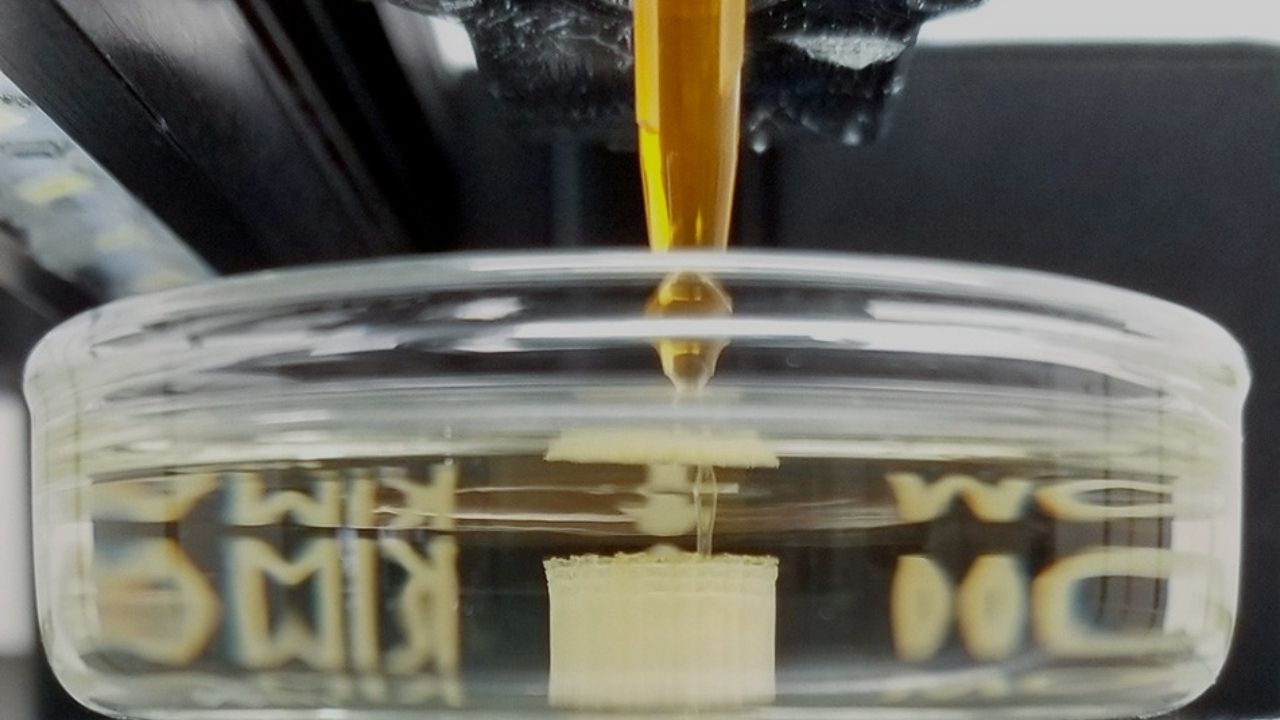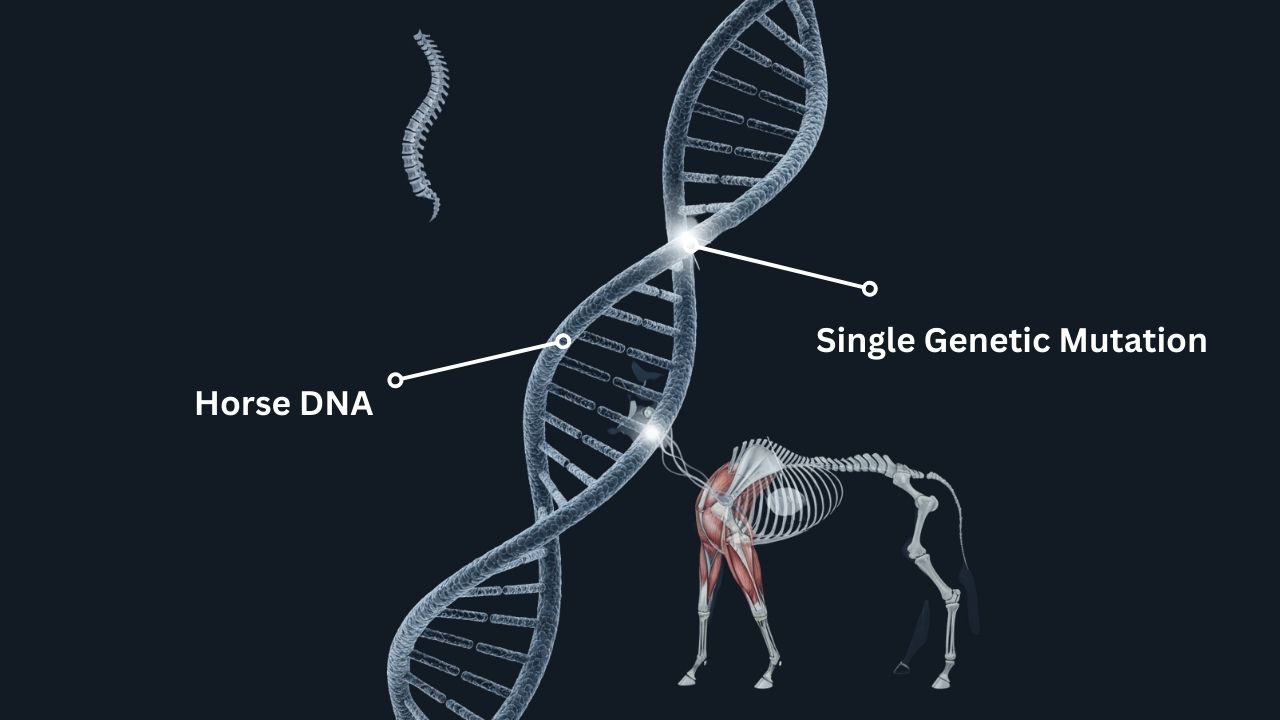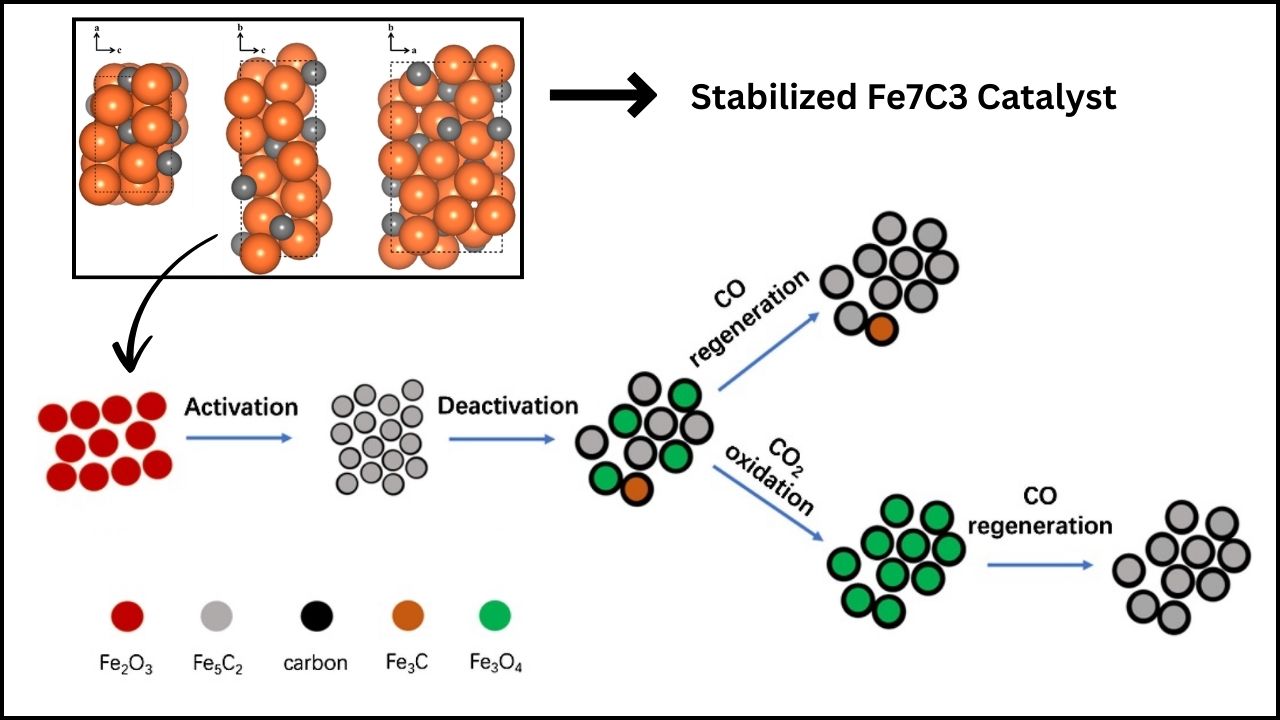Quantum phase transitions are among the most intriguing mysteries in modern science. Unlike the familiar changes of state—like ice melting to water—quantum phase transitions occur at the very edge of physical possibility, where the rules of the quantum world take over. Recently, scientists at Argonne National Laboratory have made remarkable progress in understanding these transitions, using advanced X-ray technology to peer inside materials as they undergo these dramatic changes.

This breakthrough not only deepens our understanding of quantum physics but also has the potential to revolutionize technology, from quantum computing to next-generation electronics. In this article, we’ll break down what quantum phase transitions are, why they matter, and how Argonne’s X-ray techniques are opening new doors for science and industry.
Argonne Scientists Use X-Rays to Reveal Secrets of Quantum Phase Transitions
| Key Point | Details |
|---|---|
| What are Quantum Phase Transitions? | Sudden changes in the ground state of matter at absolute zero, triggered by quantum—not thermal—fluctuations. |
| How are QPTs Studied? | By varying non-thermal parameters like pressure, magnetic field, or chemical composition, often at ultra-low temperatures. |
| Argonne’s Breakthrough | Used advanced X-ray techniques at the Advanced Photon Source to observe atomic-scale changes during quantum phase transitions. |
| Why X-Rays? | X-rays can penetrate materials and reveal atomic arrangements and movements that are otherwise invisible. |
| Applications | Insights into superconductors, quantum computers, and new materials with unique properties. |
| Official Resource | Argonne National Laboratory |
The work of Argonne scientists using X-rays to reveal the secrets of quantum phase transitions is a shining example of how advanced technology and human curiosity can unlock the mysteries of the universe. By watching atoms move and rearrange in real time, researchers are not only solving age-old puzzles of quantum physics but also laying the groundwork for tomorrow’s technology.
From superconductors to quantum computers, the insights gained from these studies have the potential to change the world. Whether you’re a student taking your first steps in science or a professional looking for the next breakthrough, the story of quantum phase transitions is one of discovery, innovation, and endless possibility.
Understanding Quantum Phase Transitions: A Simple Guide
What Makes Quantum Phase Transitions Special?
Most of us are familiar with everyday phase transitions—like water freezing into ice or boiling into steam. These changes are driven by temperature: add heat, and ice melts; remove heat, and water freezes. Scientists call these classical phase transitions.
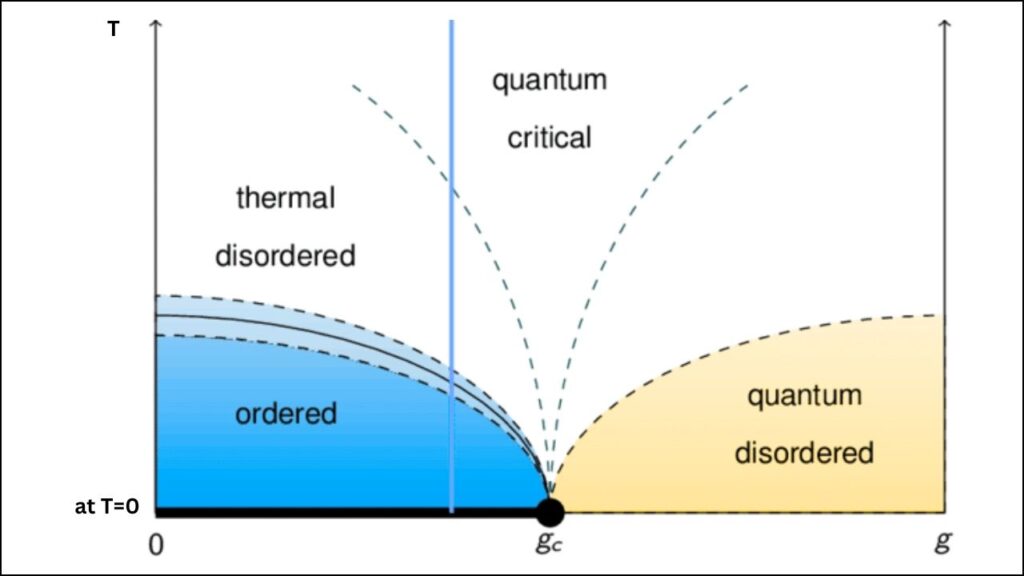
Quantum phase transitions (QPTs), however, are a different story. They occur at absolute zero temperature, the coldest possible state where all classical motion stops. Here, the only thing that can cause change is the strange, jittery energy of the quantum world—what physicists call quantum fluctuations.
At the heart of a quantum phase transition is a sudden, collective shift in the way atoms or electrons are arranged. This shift is triggered not by heat, but by changing something else—like applying a magnetic field, squeezing the material, or tweaking its chemical makeup.
Everyday Analogy
Imagine a row of tiny compass needles (representing atoms) all pointing north. If you slowly turn on a powerful magnet nearby, at a certain point, all the needles suddenly flip to point south. That dramatic, all-at-once change is similar to a quantum phase transition—except it happens at the atomic scale, and the “flip” is caused by quantum effects, not just magnetism.
Why Quantum Phase Transitions Matter
Quantum phase transitions aren’t just a scientific curiosity—they’re the key to some of the most important technologies of the future.
1. Superconductors

Superconductors are materials that can carry electricity without losing any energy. Many of them only become superconducting through a quantum phase transition. Understanding how these transitions work could lead to power lines that never waste electricity, super-fast trains, and even new ways to store energy.
2. Quantum Computers
Quantum computers rely on the delicate balance of quantum states. By mastering quantum phase transitions, scientists can design materials that are stable enough for quantum computing, potentially making these powerful machines more practical and reliable.
3. Advanced Materials
Many new materials—like those used in next-generation electronics, sensors, and even medical devices—depend on quantum effects. By controlling quantum phase transitions, researchers can create materials with custom properties, such as perfect magnetism or unique electrical behavior.
4. Fundamental Science
For physicists, quantum phase transitions are a window into the deepest laws of nature. They help explain how matter organizes itself and how new states of matter can emerge from the quantum world.
How Do Scientists Study Quantum Phase Transitions?
Studying quantum phase transitions is one of the toughest challenges in science. These transitions happen at incredibly low temperatures and involve changes that are often too small to see with ordinary tools.
The Challenges
- Extreme Cold: Experiments are typically done at temperatures close to absolute zero, where quantum effects dominate.
- Tiny Changes: The shifts in atomic arrangement can be as small as a billionth of a meter.
- Complex Controls: Scientists use pressure, magnetic fields, and chemical tweaks to trigger transitions.
The Solution: X-Ray Techniques
This is where Argonne’s cutting-edge X-ray technology comes in. At the Advanced Photon Source, scientists use ultrabright, coherent X-ray beams to look inside materials as they undergo quantum phase transitions.
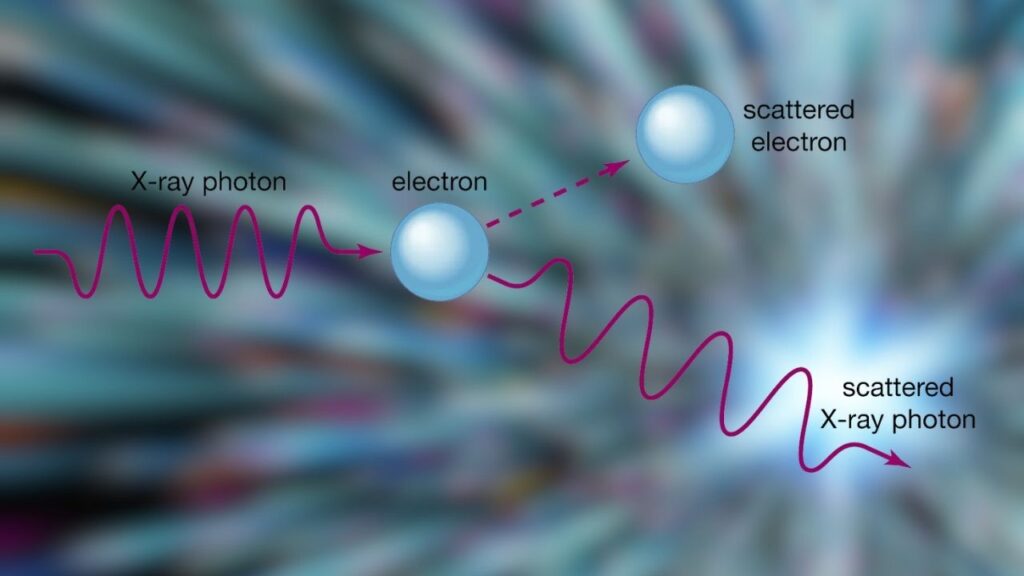
How X-Rays Work
- Penetrating Power: X-rays can pass through solid materials and reveal how atoms are arranged.
- High Resolution: Modern X-ray sources can detect movements and changes at the atomic scale.
- Real-Time Observation: Scientists can watch changes happen in real time, providing a direct view of quantum transitions as they unfold.
Argonne’s Breakthrough: Watching Quantum Transitions in Action
Recently, Argonne researchers, working with collaborators from other leading labs, used their X-ray techniques to study a material called strontium titanate. This material is famous for its unusual quantum properties.
The Experiment
- Mechanical Strain: By gently stretching the strontium titanate, scientists could “switch on” and “switch off” its ferroelectric state—a property where the material’s atoms line up in a way that creates a tiny electric field.
- Direct Observation: Using X-rays, researchers watched the atoms move and rearrange as the material flipped between different quantum states.
- Tuning Quantum States: By carefully controlling the amount of strain, they could guide the material through its quantum phase transition, seeing exactly how the atoms responded.
Why This Matters
- First-Hand Evidence: For the first time, scientists could directly observe the atomic choreography of a quantum phase transition.
- Better Theories: These observations help confirm and refine the theories that predict how quantum transitions work.
- New Materials: The ability to control and observe quantum transitions opens the door to designing materials with custom quantum properties, which could transform electronics, computing, and more.
The Future: Brighter X-Rays, Deeper Discoveries
The Advanced Photon Source at Argonne is undergoing upgrades that will make its X-ray beams even brighter and more precise. This means:
- Sharper Images: Scientists will be able to see even smaller changes in atomic structure.
- Faster Measurements: Real-time observation of quantum transitions will become easier and more detailed.
- Broader Applications: More complex materials and transitions can be studied, accelerating discoveries in both basic science and technology.
Practical Advice: How to Explore Quantum Phase Transitions
Whether you’re a student, teacher, or professional, there are many ways to get involved with or learn more about quantum phase transitions:
For Students
- Start with Basics: Learn about atoms, electrons, and basic quantum mechanics.
- Explore Experiments: Simple magnet and temperature experiments can illustrate the idea of phase transitions.
- Ask Questions: Don’t be afraid to ask teachers or scientists about how quantum effects shape the world.
For Teachers
- Use Analogies: Compare quantum transitions to familiar changes, like ice melting, to help students understand.
- Incorporate Visuals: Diagrams and animations can make abstract concepts more concrete.
- Invite Experts: Bring in guest speakers or organize virtual tours of research labs.
For Professionals
- Stay Updated: Follow research from major labs like Argonne to keep up with the latest breakthroughs.
- Network: Attend conferences and workshops on quantum materials and condensed matter physics.
- Collaborate: Reach out to research institutions for partnerships or joint projects.
A Step-by-Step Guide: How Quantum Phase Transitions Are Studied
Step 1: Cool the Material
Scientists lower the temperature of the material to near absolute zero, eliminating thermal noise and letting quantum effects dominate.
Step 2: Apply a Control Parameter
This could be a magnetic field, pressure, or chemical change—something that can be finely adjusted to influence the material’s quantum state.
Step 3: Monitor the Material
Using advanced X-ray beams, researchers observe the atomic arrangement in real time, looking for sudden changes that indicate a quantum phase transition.
Step 4: Analyze the Data
Scientists compare what they see with theoretical models, refining our understanding of how quantum transitions work.
Step 5: Repeat and Expand
By studying different materials and control parameters, researchers build a broader picture of quantum phase transitions and their potential applications.
Randomness Unlocked as the Secret Fuel Behind Quantum Computing Power
Experts Say the Universe May Follow Hidden Energy Patterns Beyond Known Physics
How Light and Glass Could Crack the Quantum Code and Transform All of Computing
FAQs About Argonne Scientists Use X-Rays to Reveal Secrets of Quantum Phase Transitions
What is the main difference between quantum and classical phase transitions?
Classical phase transitions are driven by temperature changes (like ice melting), while quantum phase transitions occur at absolute zero and are driven by quantum fluctuations.
Can quantum phase transitions be observed outside the lab?
While true quantum phase transitions require extreme conditions, their effects can sometimes be seen in “quantum critical” behavior at higher temperatures, influencing the properties of many real-world materials.
Why are X-rays so important for this research?
X-rays can penetrate materials and reveal atomic-level details, making them ideal for studying the tiny changes that happen during quantum phase transitions.
What are some real-world impacts of this research?
Understanding quantum phase transitions can lead to better superconductors, more stable quantum computers, and new materials with unique magnetic or electrical properties.
How can someone get involved in quantum materials research?
Start by learning physics fundamentals, pursue studies in materials science or condensed matter physics, and connect with research labs or universities working in this field.

